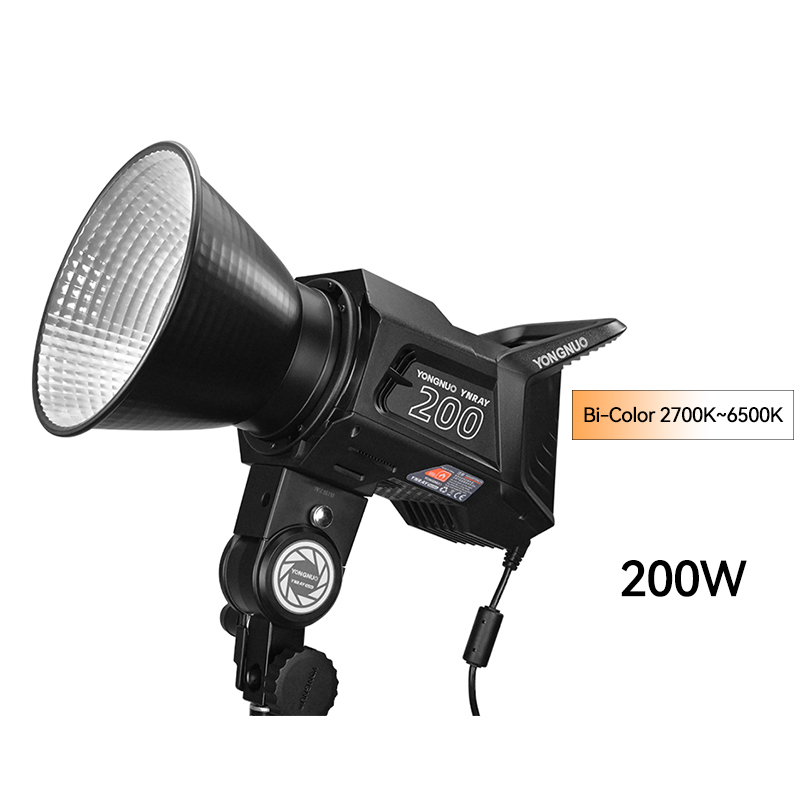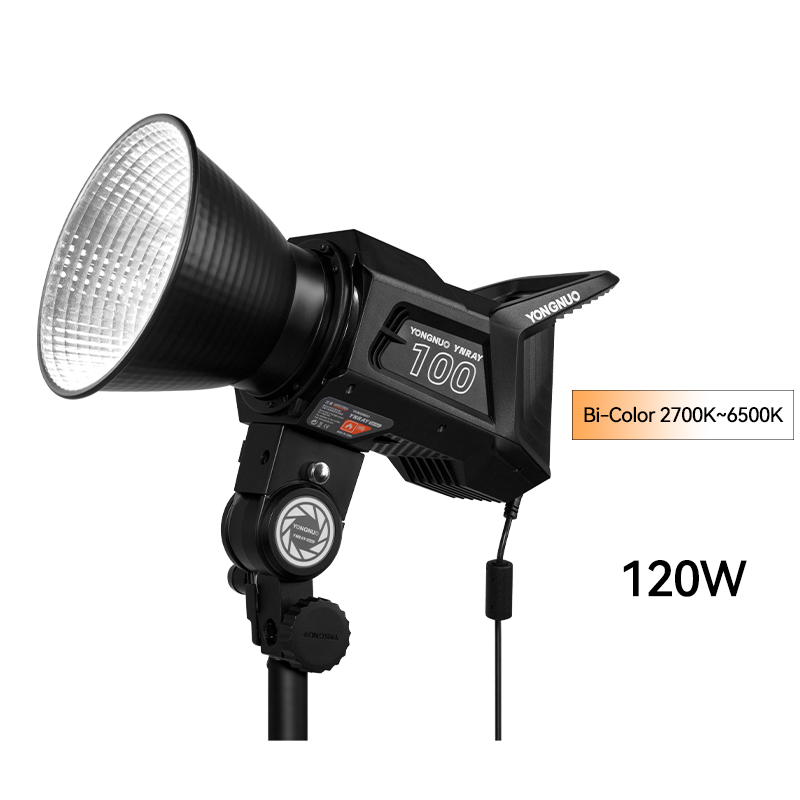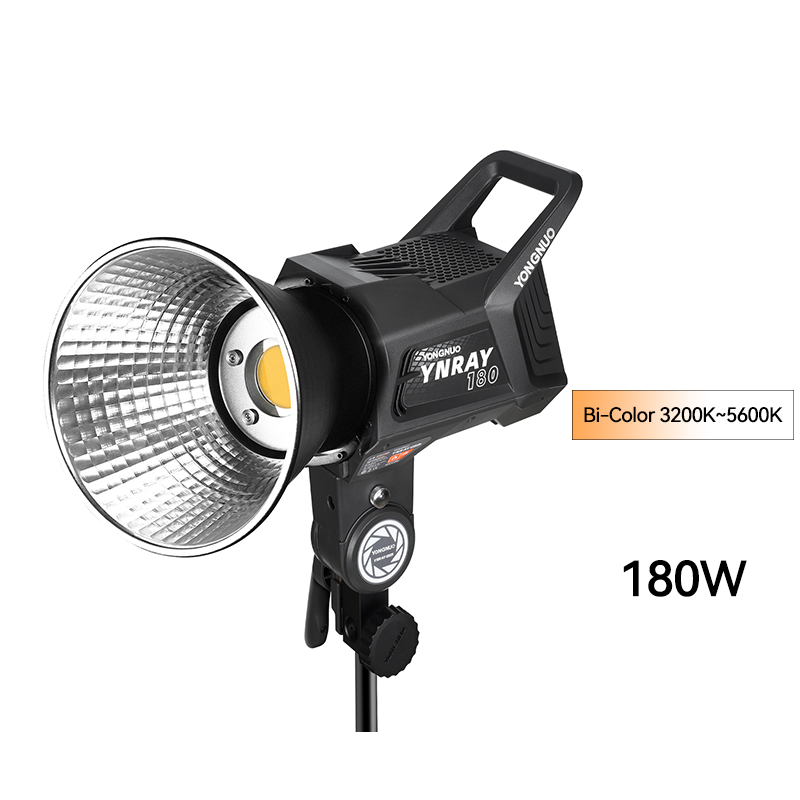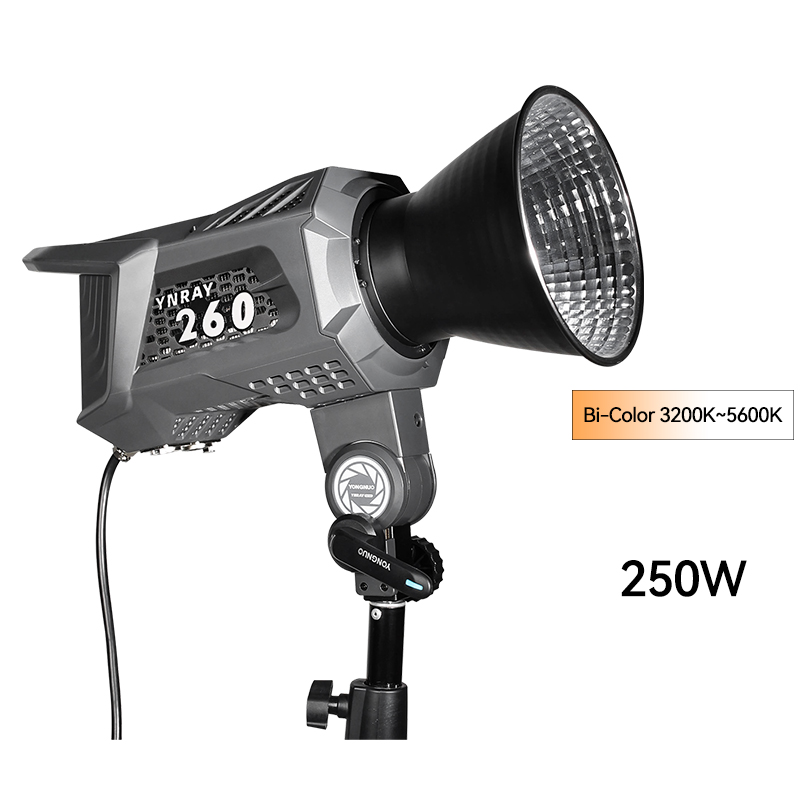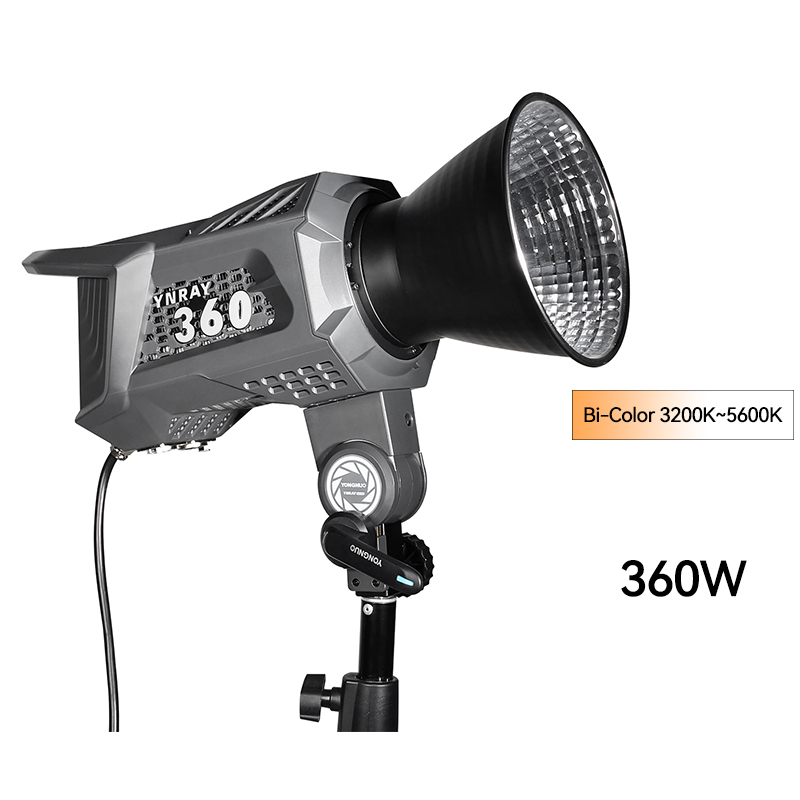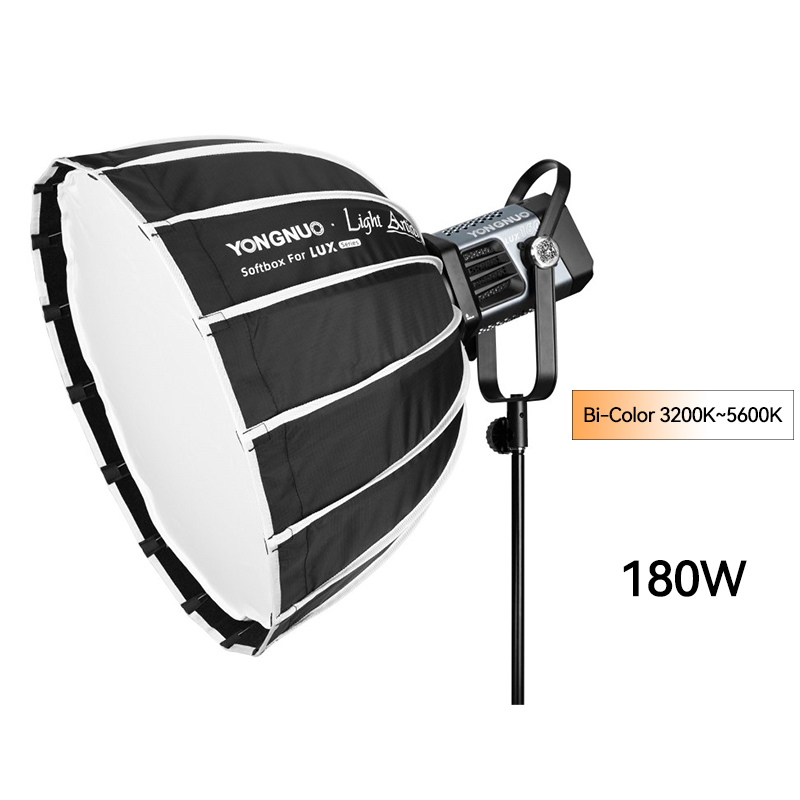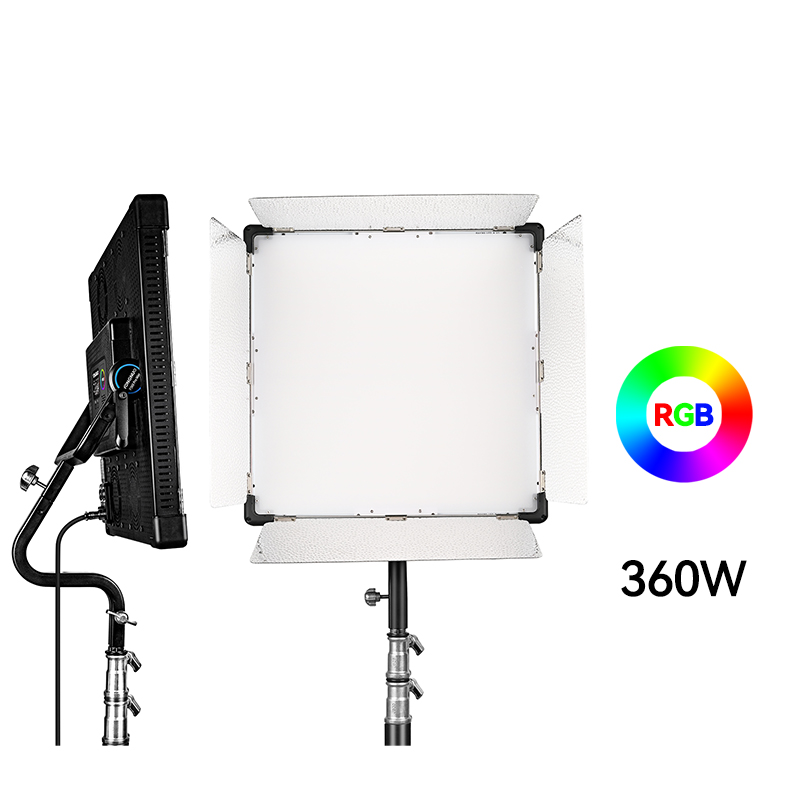STUDIO LIGHT
Studio light refers to professional lighting equipment used in a controlled environment, typically a photography or video, to illuminate subjects for better clarity, detail, and artistic effect. Proper studio lighting is essential to achieving high-quality images, allowing photographers and videographers to manipulate shadows, highlights, and color tones to create the desired look and feel.
Types of Studio Lights:
1. Continuous Lights: These lights stay on continuously, allowing you to see the effects of the lighting in real time before capturing the shot. They are ideal for both photography and videography.
• LED lights: Energy-efficient, produce minimal heat, and are commonly adjustable in both intensity and color temperature.
• Tungsten lights: Traditional studio lights that provide a warm, constantLight. However, they can get very hot.
• Fluorescent lights: Offer soft, cool light and are more energy-efficient than tungsten.
2. Strobe/Flash Lights: These lights produce a brief, intense burst of light, commonly used in photography.
• Monolights: Self-contained strobe units that include the power source and flash head in one device.
• Power Pack Systems: Separate power packs and heads, offering more flexibility and power for large studio setups.
• Speedlights: Portable flashes often mounted on cameras, but can also be used with lightstands and softboxes for Studio work.
3. Modifiers: These are accessories used with studio lights to control and shape the light.
• Softboxes: These diffuse light, creating softer shadows and more even lighting.
• Umbrellas: Reflect light, often used to spread light more broadly.
• Beauty Dishes: Produce a concentrated, softer light, perfect for portrait photography.
• Grids & Barn Doors: Control the direction and spread of light, useful for precise lighting effects.
Key Lighting Techniques:
1. Key Light: The main light source in the setup, placed at an angle to the subject to create shadows and depth.
2. Fill Light: Positioned opposite the key light to reduce shadows and soften contrast.
3. Backlight (Rim or Hair Light): Placed behind the subject to create separation from the background, adding depth and dimension.
4. Background Light: Illuminates the backdrop, adding mood and emphasis to the overall scene.
Use Cases:
• Portrait Photography: Studio lights help to create flattering, well-lit portraits by controlling every aspect of the lighting.
• Product Photography: Proper lighting ensures that products are represented accurately and attractively, avoiding harsh shadows.
• Video Production: In studio setups for interviews or films, controlled lighting helps to ensure consistency across scenes and professional visual quality.


